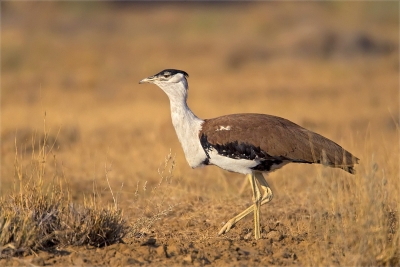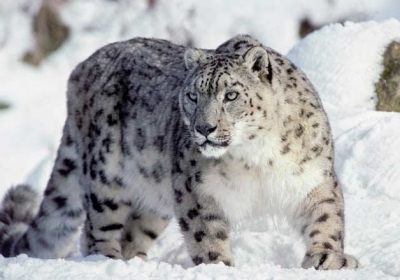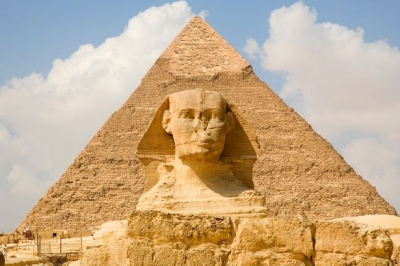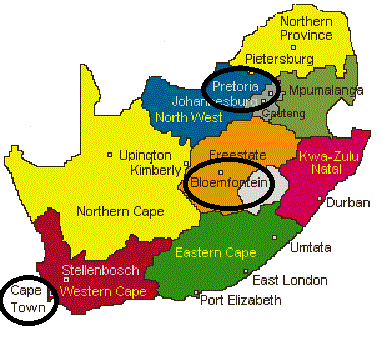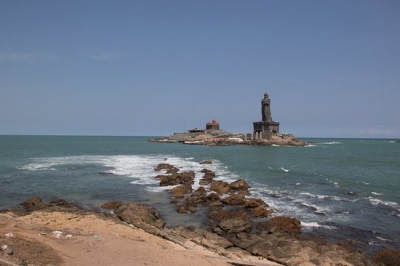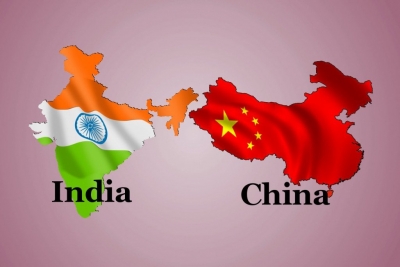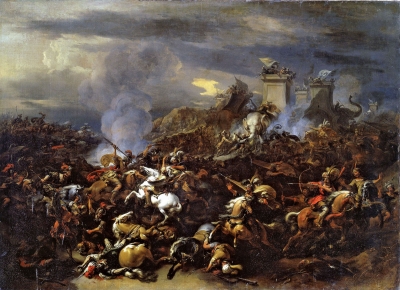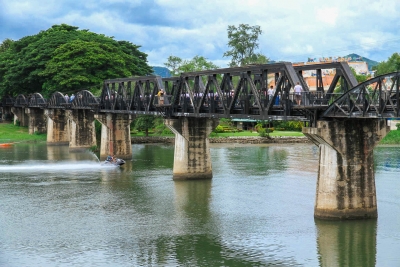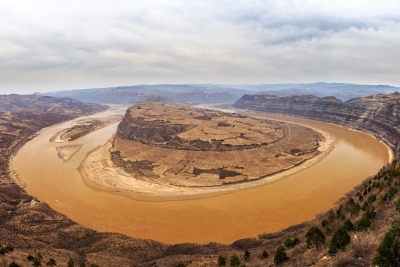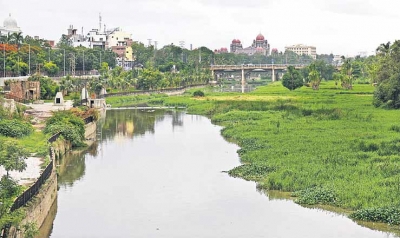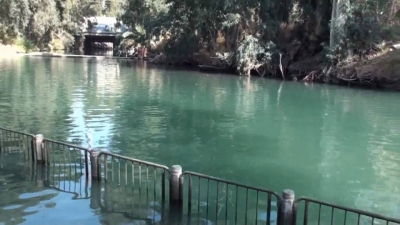In Gir forest region which big cat is found in the wild?
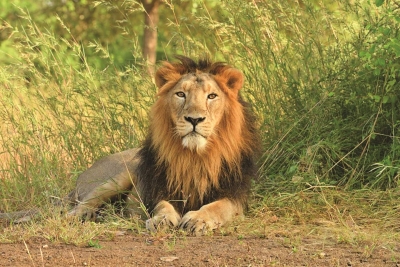
The Asiatic lion is a Panthera leo leo population in India. Its current range is restricted to the Gir National Park and environs in the Indian state of Gujarat. Historically, it inhabited much of Western Asia and the Middle East up to northern India. On the IUCN Red List, it is listed under its former scientific name Panthera leo persica as Endangered because of its small population size and area of occupancy.
The Asiatic lion's fur ranges in colour from ruddy-tawny, heavily speckled with black, to sandy or buffish grey, sometimes with a silvery sheen in certain lights. Males have only moderate mane growth at the top of the head, so that their ears are always visible. The mane is scanty on the cheeks and throat where it is only 10 cm (3.9 in) long. About half of Asiatic lions' skulls from the Gir forest have divided infraorbital foramina, whereas African lions have only one foramen on either side. The sagittal crest is more strongly developed, and the post-orbital area is shorter than in African lion. Skull length in adult males ranges from 330 to 340 mm (13 to 13 in), and in females from 292 to 302 mm (11.5 to 11.9 in). It differs from the African lion by a larger tail tuft and less inflated auditory bullae. The most striking morphological character of the Asiatic lion is a longitudinal fold of skin running along its belly.
Picture Credit : Google
